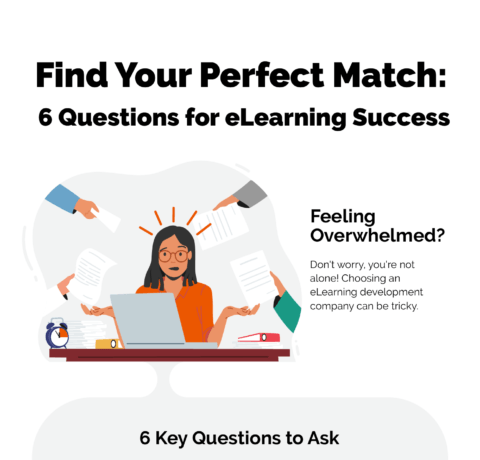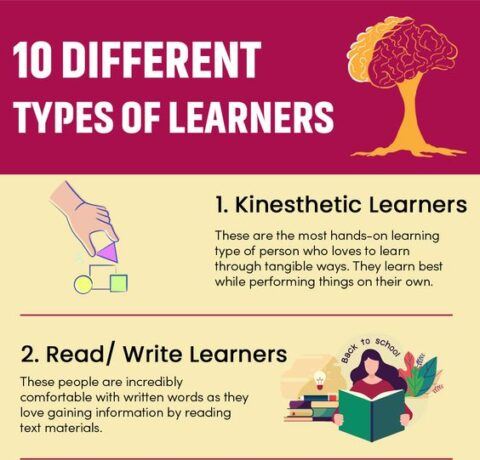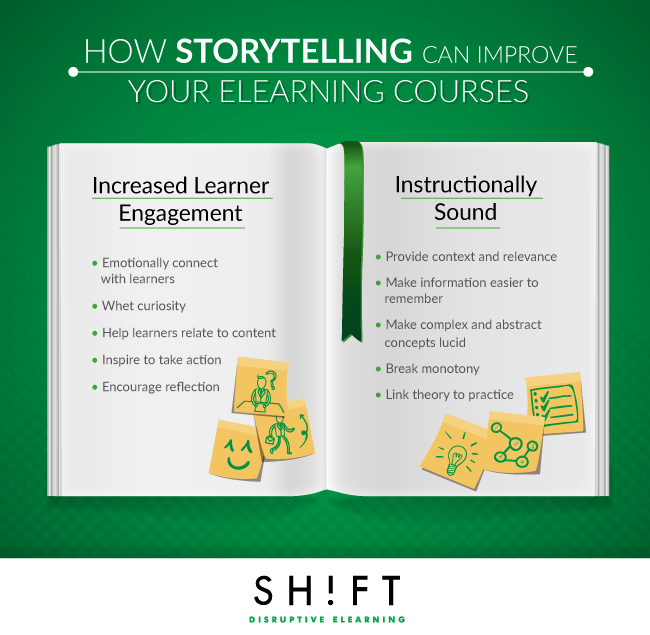Improve Your eLearning Courses with Storytelling Infographic
Stories hold enormous power over our minds and hearts for a reason. They are how we think, how we make sense of information, how we define ourselves, and how we persuade others. The Improve Your eLearning Courses with Storytelling Infographic shows how stories can improve your eLearning courses, not only making them more instructionally effective but also more engaging.
Increased Learner Engagement
1. Stories emotionally connect with learners.
When you weave stories into your eLearning courses, you can connect with your audience emotionally. When you create an emotional connection with your learners, you are a step closer to making them believe in the value of your content; you are making them want to learn even more.
2. Stories whet our curiosity.
When you weave your eLearning content within an engaging story, your audience will gobble it up. Add a dash of suspense and pepper some teasers to make your content dramatic. Your audience will be curious to learn more.
3. Stories help learners relate to the content.
Stories feel more alive and real than charts and statistics. When learners can relate to the content, the learning experience becomes memorable.
4. Stories inspire action.
When your story resonates with the audience and the hero strikes a chord with them, you can inspire learners to modify behavior and reorient their thought patterns and attitudes.
Instructionally Sound
1. Stories provide context and relevance.
By mimicking the reality of the learners in the plot, a story provides context and relevance to the course. Students know how the course will help them resolve their workplace problems or teach skills and behavior that will let them advance in their careers.
2. Stories make it easier to remember.
according to research, 63 percent of people remember facts if these are presented couched inside a story compared to a paltry 5 percent when the information is bombarded on them in a conventional presentation format.
3. Stories can make complex and abstract concepts lucid.
The scenarios you create within a story and the actions of the hero do more than just instruct. They provide a roadmap to the learners by actually demonstrating how they should act in particular situations.
4. Stories break monotony.
Stories engage multiple areas of the brain. You cannot deny that stories hook you and take you in entirely. You are fully aware and present at all times during the course, so you don't miss out on critical information and instructions.
5. Stories link theory to practice.
Teaching through stories is useful because the learner can concentrate on assimilating the material instead of taxing his brain trying to figure out how a story works.
Read also:







You can adjust your cookie preferences here.